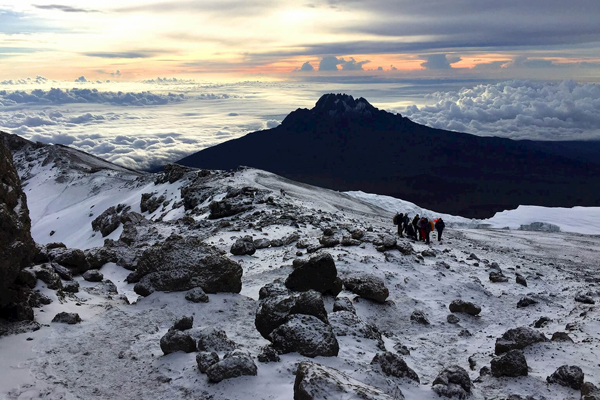
Zanzibar, an idyllic archipelago off the coast of Tanzania in the Indian Ocean, is one of the most famous beach destinations in Africa. The archipelago consists of several islands, the largest and most popular being Unguja (commonly referred to as Zanzibar Island), Pemba, and Chumbe. Zanzibar is renowned for its pristine white sandy beaches, crystal-clear turquoise waters, and vibrant coral reefs, making it a top destination for relaxation, water activities, and cultural exploration. The islands are rich in history and culture, with a mix of Swahili, Arab, Indian, and Portuguese influences, offering a unique and exotic experience.
Zanzibar’s tropical climate supports a wide variety of plant life, from lush coastal forests to spice farms and mangrove swamps:
Zanzibar’s diverse ecosystems are home to a variety of unique wildlife, both on land and in the surrounding seas:
Stone Town, the historical heart of Zanzibar, is one of the most fascinating cultural destinations in East Africa. The town is a labyrinth of narrow streets and alleyways, with Swahili, Arab, Indian, and Portuguese influences evident in its architecture and local culture. The House of Wonders, Old Fort, and Sultan’s Palace are key sites to visit for those interested in Zanzibar’s rich history. The town is also a UNESCO World Heritage Site, recognized for its importance as a center of trade, culture, and slavery in the Indian Ocean world.







Explore the wonders of Africa with AWA Tours, your gateway to authentic and sustainable travel experiences. Specializing in eco-conscious safaris, cultural immersion tours, and off-the-beaten-path adventures, we bring you closer to Africa’s breathtaking wildlife, diverse cultures, and pristine landscapes. From thrilling Big Five safaris to serene beach escapes and community-focused travel, AWA Tours curates unforgettable journeys tailored to modern explorers seeking adventure, connection, and responsible tourism.
By subscribing to our newsletter, you’ll gain access to:
✔️ Exclusive Travel Deals & Discounts
✔️ Insider Travel Tips & Guides
✔️ Updates on New Tours & Destinations
✔️ Stories from Real Travelers & Stunning Photography
Whether you’re dreaming of conquering Mount Kilimanjaro, relaxing on Zanzibar’s pristine beaches, or witnessing the majestic Great Migration, AWA Tours has something special just for you.
2024 Awatours. All rights reserved.